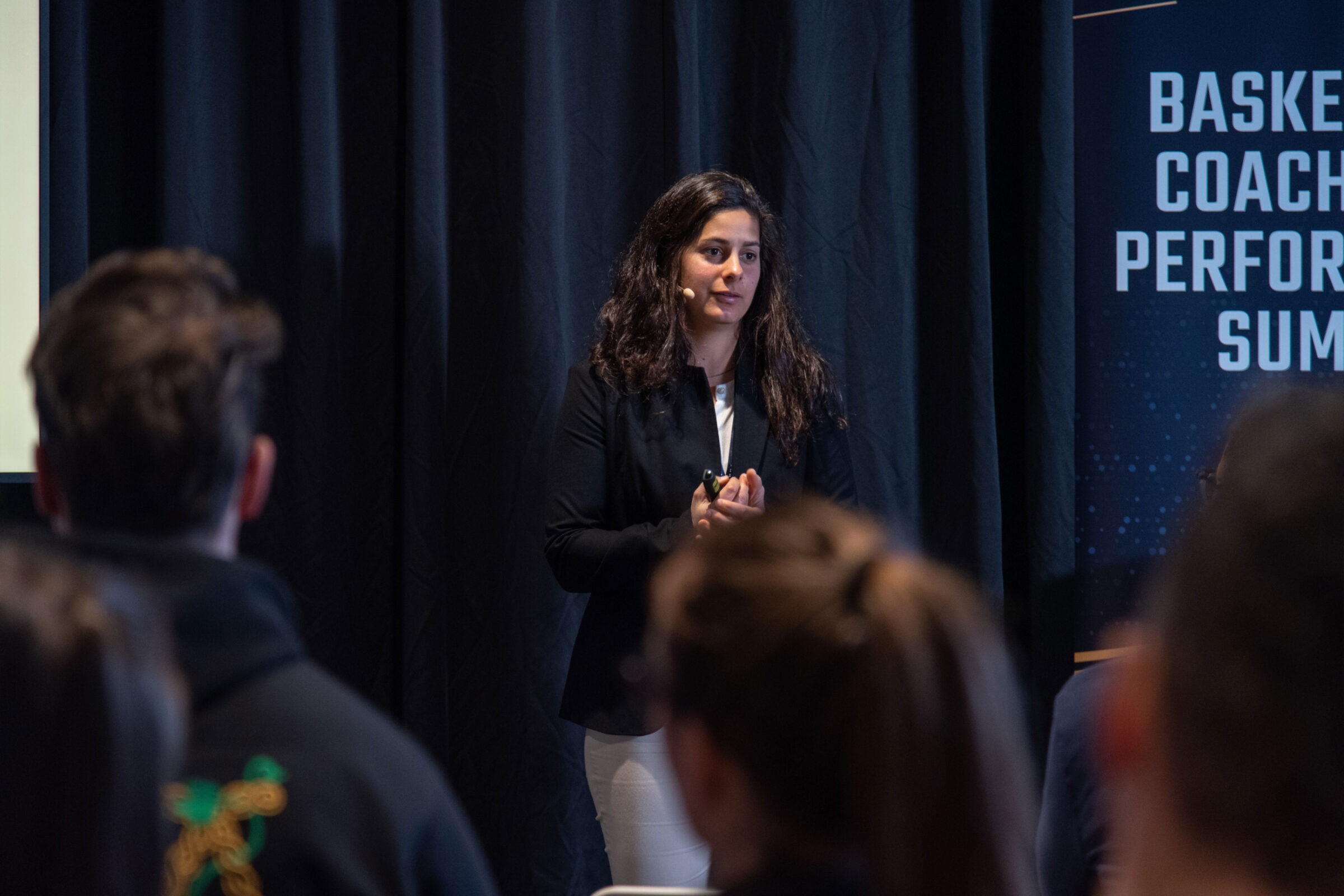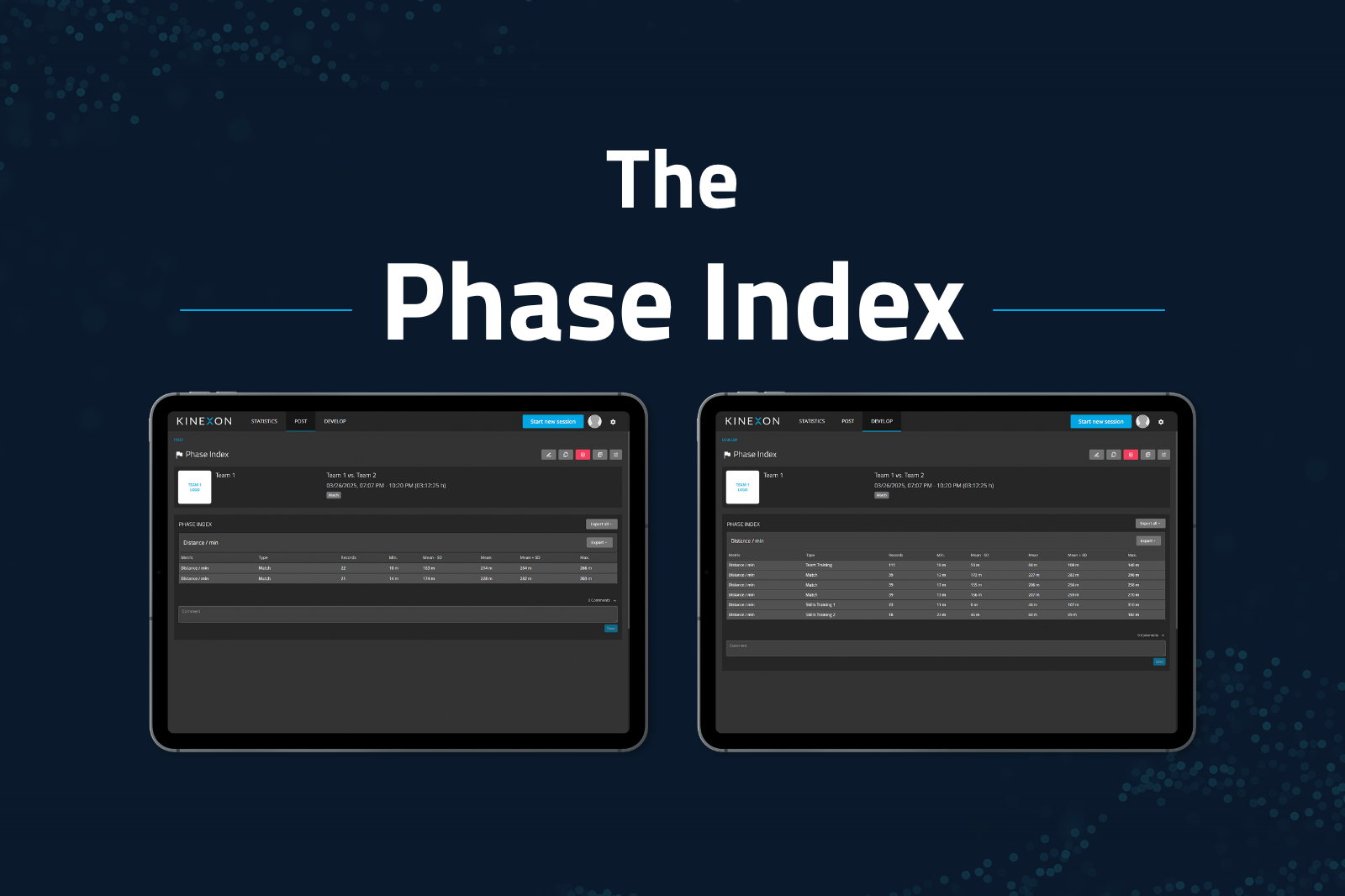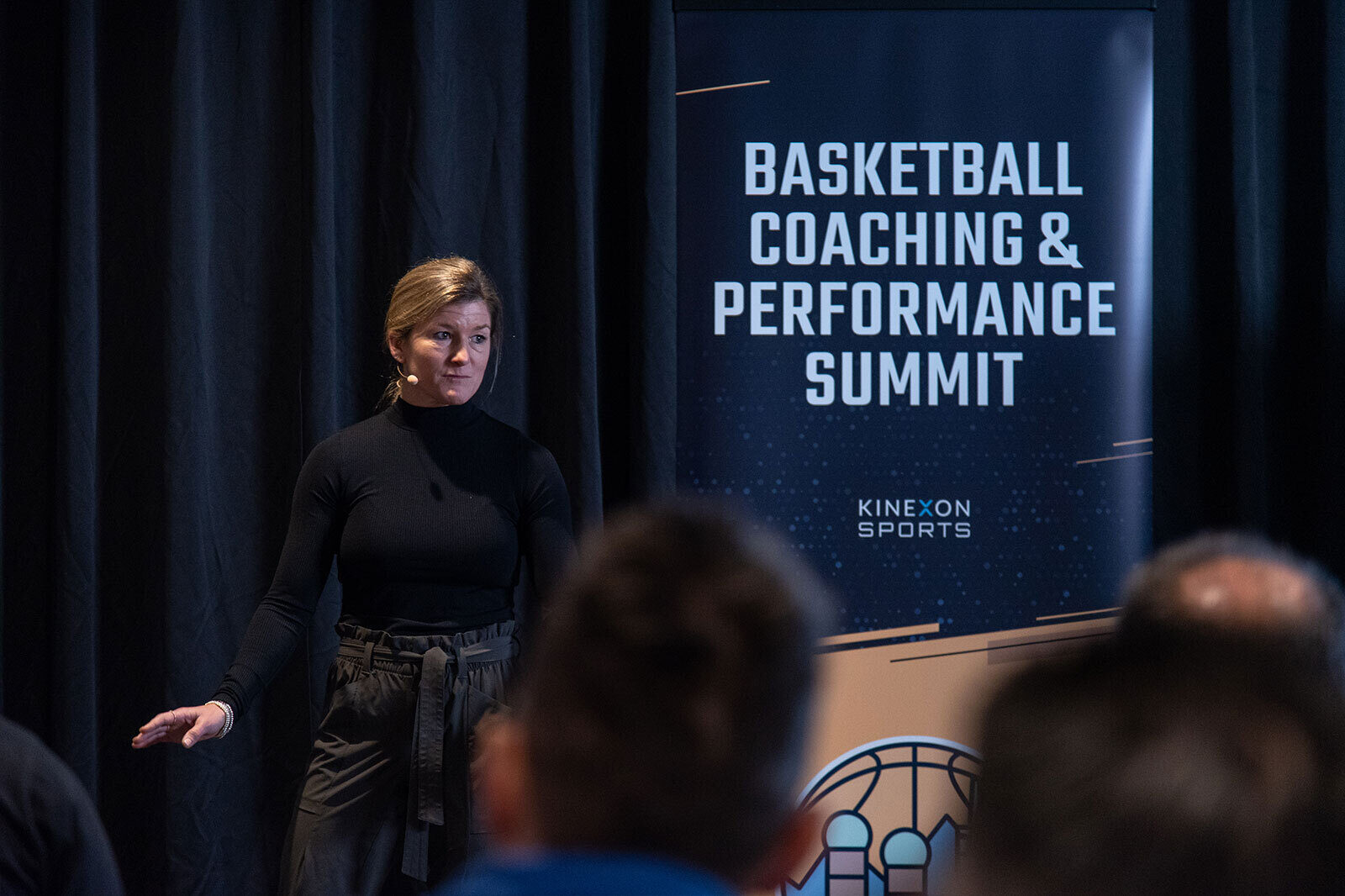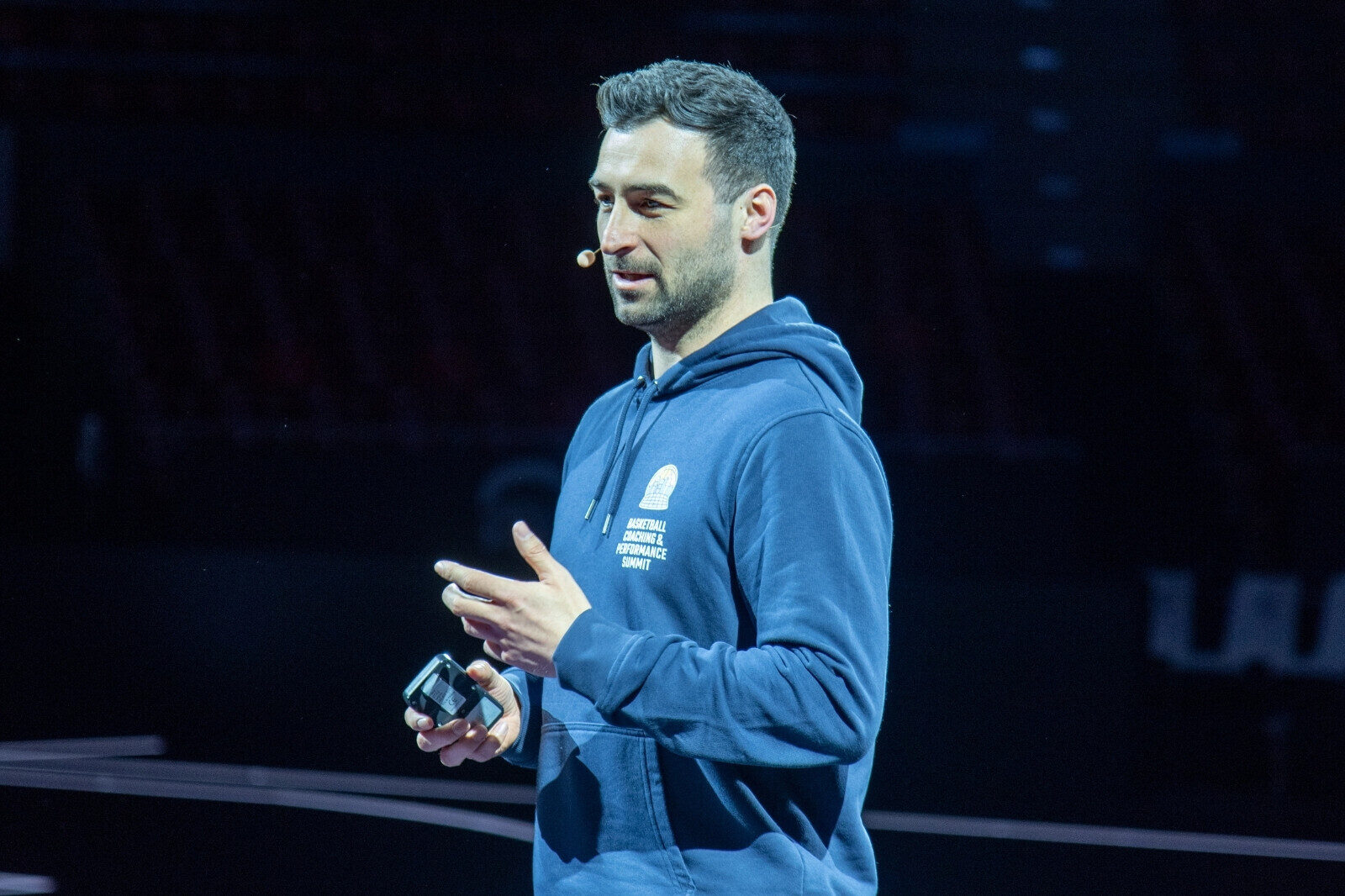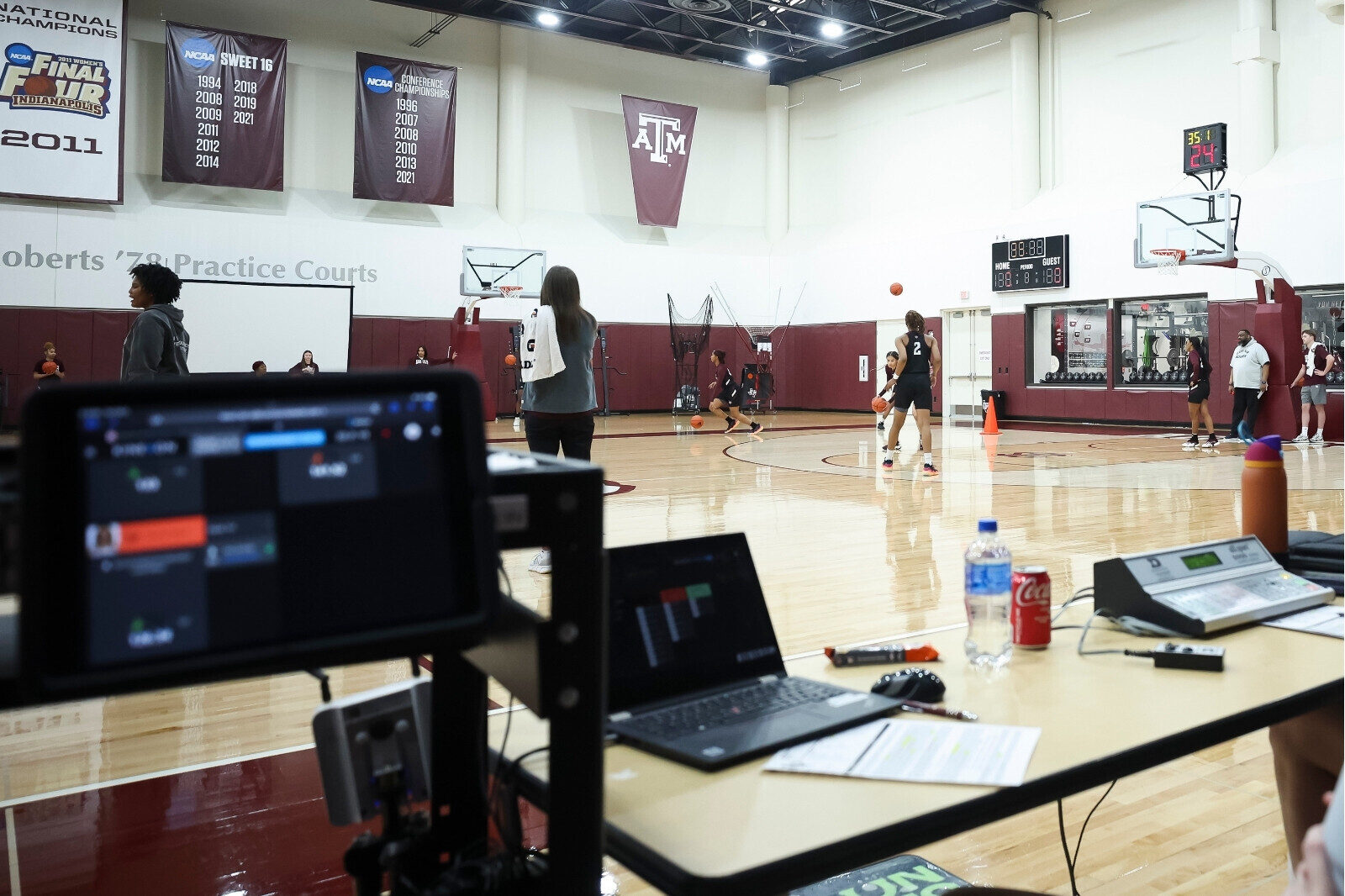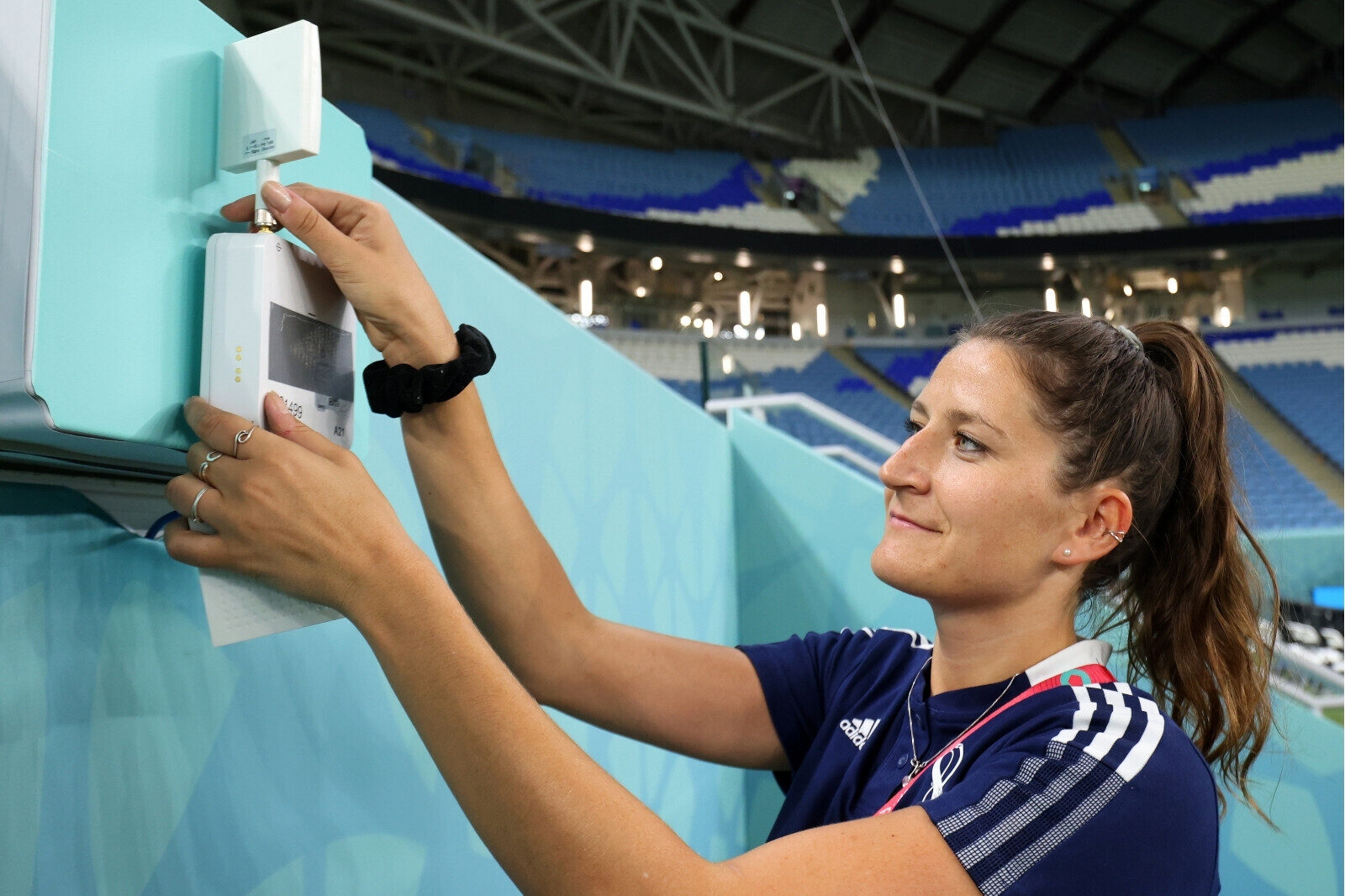How American Football Analytics Help Prevent Injuries
Author: Dave Grendzynski
Football is a thrilling sport loved by millions worldwide. However, it also carries a risk of injuries that can impact the performance and careers of players. Thankfully, advancements in sports analytics are revolutionizing the way teams approach injury prevention. Here’s how.
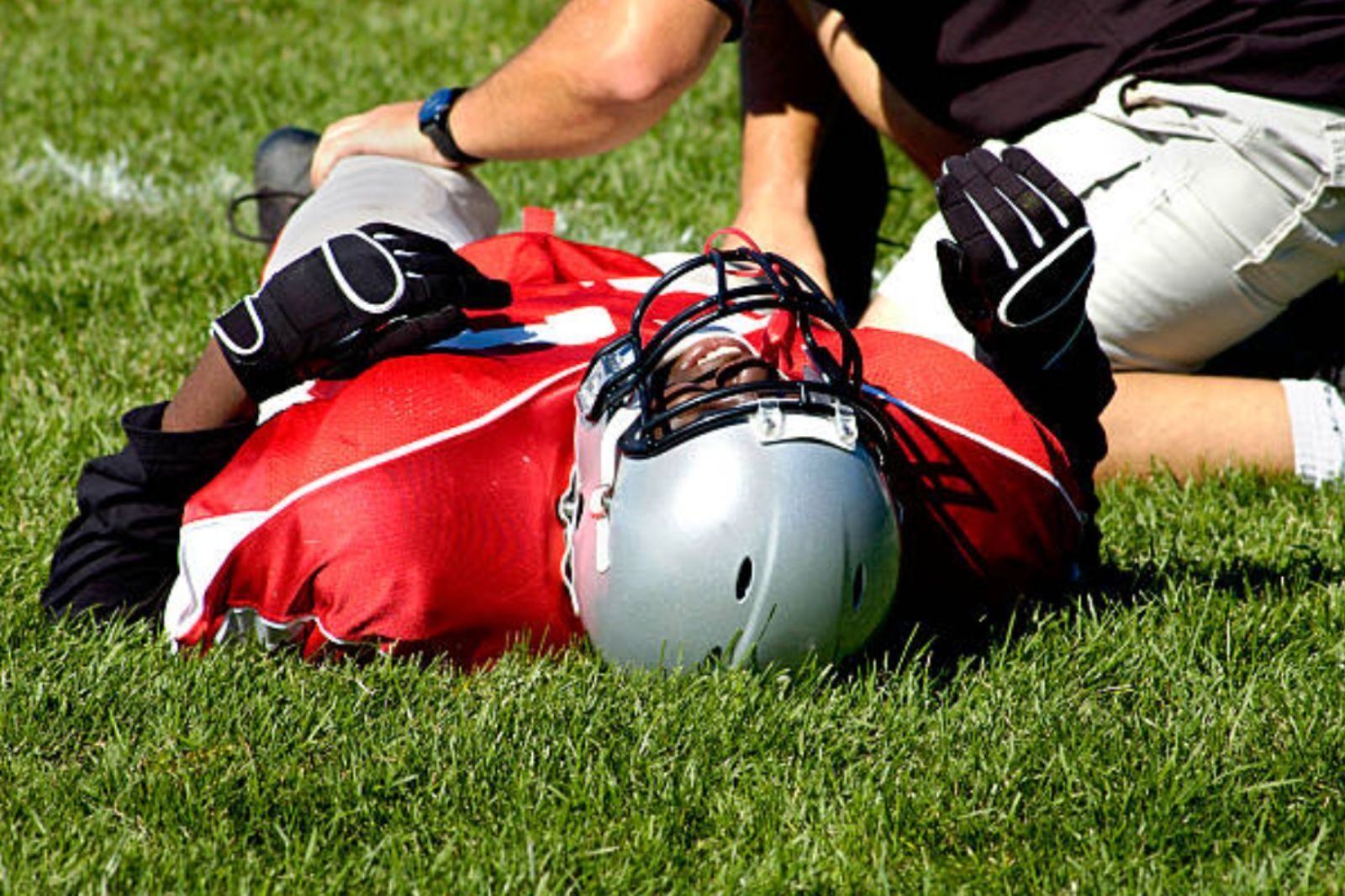
Football players often experience head and neck injuries, sprained ankles, and muscle soreness due to pushing their bodies beyond their limits. Just like in other contact sports, knee and shoulder injuries are also quite common in tackle football.
But by analyzing data, teams can now identify patterns, detect potential risks, and take proactive measures to minimize the occurrence of common football injuries.
Put your GPS player tracking on autopilot. Start using the only American football monitoring system with a fully automated workflow.
Analytics Help Identify Injury Patterns

American football analytics can enhance information coaches get on players from other sources, including:
- Player performance
- Training routines
- Medical records
By doing so, teams can identify injury patterns, such as specific movements or situations that frequently result in injuries. With this knowledge, coaches and medical staff can create tailored training programs that focus on mitigating the risks associated with these patterns.
For example, if data reveals that a significant number of hamstring injuries occur during acceleration, coaches can design exercises that strengthen the hamstrings and improve running technique.
Data Makes Tracking Load Management Easier

Load management in football is a critical part of injury prevention. Analytics provides teams with insights into the workload of players, including factors like:
- Number of games played
- Distance covered
- Sprints made
- Collisions endured
By closely monitoring these metrics, teams can optimize training regimens and make informed decisions about resting and rotating players.
This approach helps reduce the risk of overuse injuries and ensures that players are adequately prepared for games while minimizing the chances of fatigue-related injuries.
Injury Risk Assessment

With the help of sports analytics, coaches and trainers can assess the injury risk associated with individual players. By analyzing historical data and physical assessments, predictive models can be developed to identify players who are more susceptible to injuries.
This information allows teams to create personalized training and rehabilitation programs to:
- Strengthen weak areas
- Improve injury resilience
- Reduce the likelihood of future injuries
This is just another way coaches can use the information to make strategic decisions about playing time during practice and games.
Biomechanical Analysis Helps Prevent Football Injuries

Using athlete trackers to collect sports data for coaches to analyze is just the beginning. Sports analytics is making significant advancements in the field of biomechanical analysis as well. Through technologies like motion capture systems and video analysis, teams can gather detailed information about players’ movements and technique.
By studying biomechanics, sports scientists and trainers can identify inefficient movement patterns that may increase the risk of injuries. Coaches can then provide feedback to players, helping them adjust their techniques to reduce stress on vulnerable areas of the body.
Having this type of data available can also help in the design of protective gear that better supports the player’s body and reduces the impact of collisions.
Injury Prediction and Prevention

By combining data analysis with machine learning algorithms, American football analytics can predict and prevent injuries before they occur. By integrating data from multiple sources, such as training loads, physiological data, and injury history, models can be trained to identify early warning signs. This allows medical staff to take preventive measures, such as
- Modifying training loads
- Implementing targeted rehabilitation programs
- Adjusting players’ playing time
These proactive measures significantly reduce the likelihood of severe injuries and enable players to maintain their performance levels throughout the season.
Use Analytics to Reduce American Football Injuries
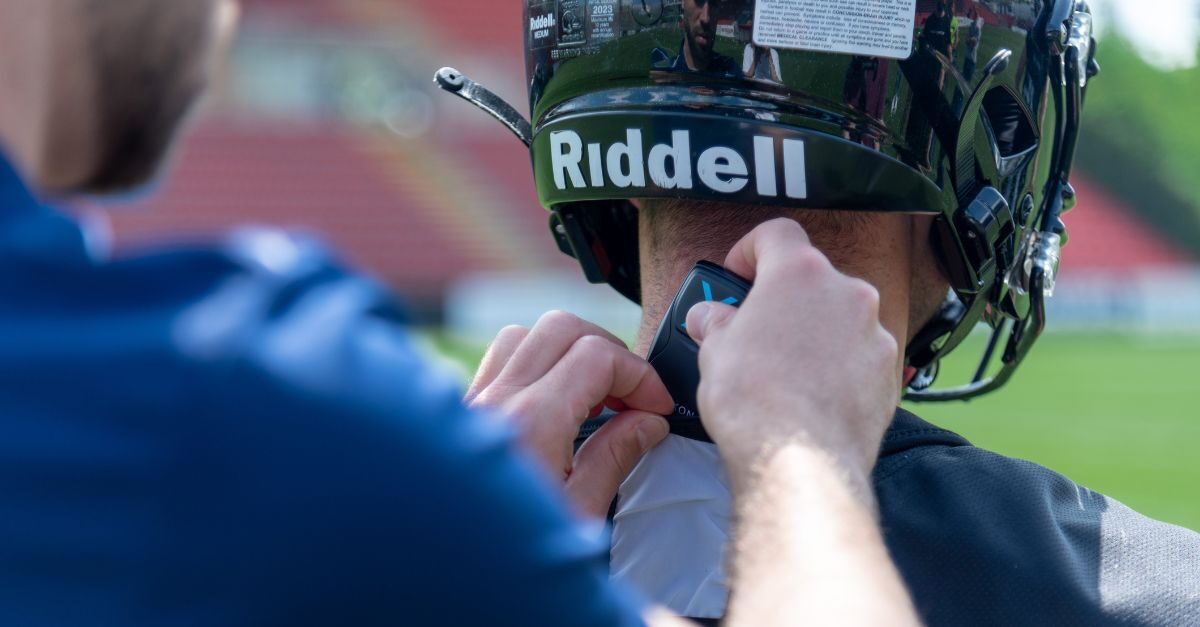
Sports analytics is revolutionizing the way teams approach injury prevention in football. By leveraging data analysis, teams can identify injury patterns, track load management, assess injury risks, analyze biomechanics, and predict potential injuries.
This knowledge empowers teams to design personalized training programs, make strategic player recruitment decisions, and implement preventive measures, ultimately reducing the occurrence of common football injuries. As sports analytics continues to evolve, we can expect further advancements in injury prevention techniques, leading to a safer and more enjoyable experience for football players, coaches, trainers, and fans alike.
KINEXON PERFORM GPS Pro provides more than 180 metrics you can track to keep your players safe. Unlike other systems, with GPS Pro, trainers get three times more live metrics live, streamed directly to the AWS cloud, and made available to multiple users, on multiple devices. If you’d like to learn more about it, click the link to download the brochure below. Take the first step to preventing common football Injuries:
